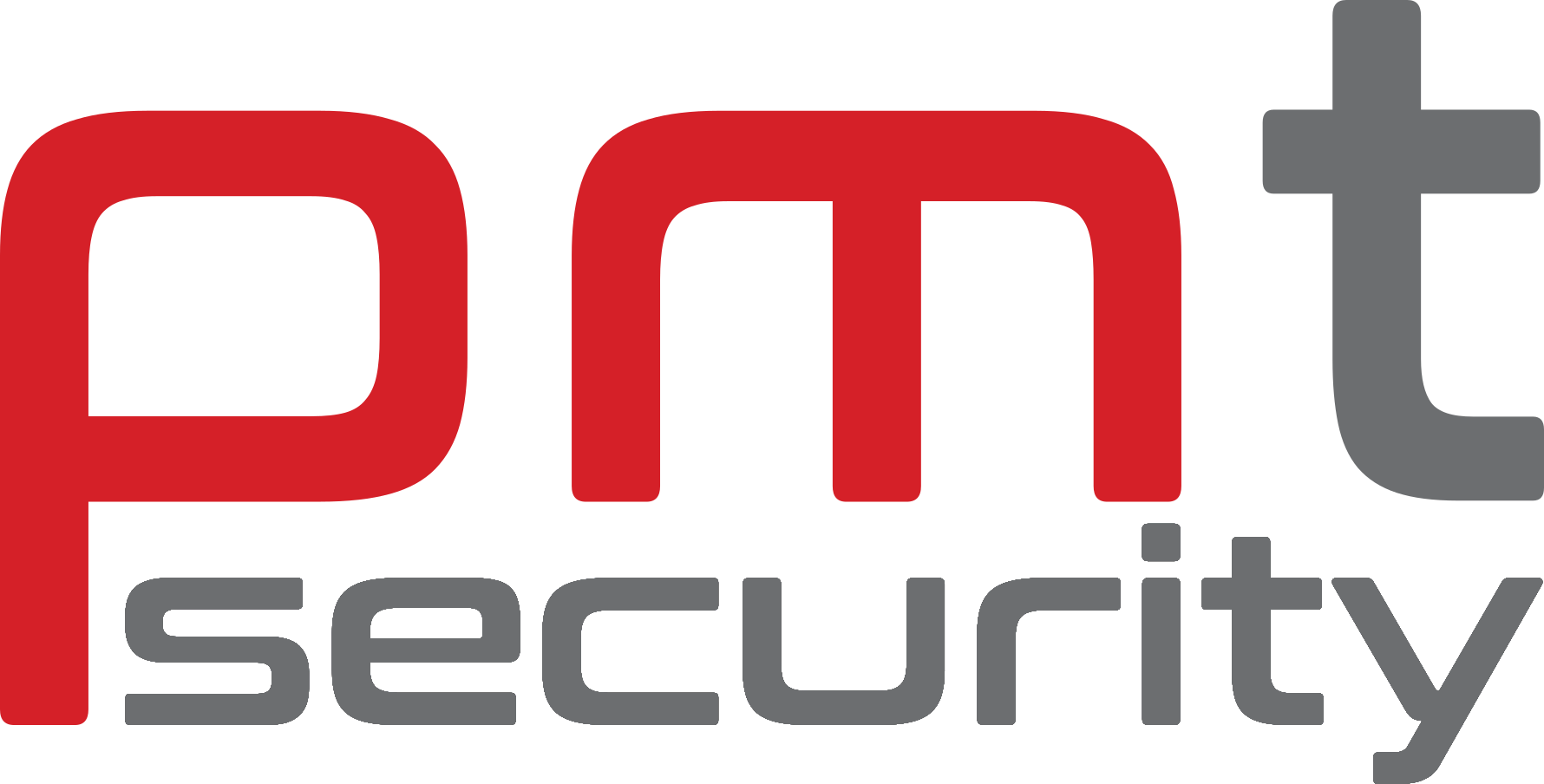The Latest Trends in Door Access Control Security
In today’s rapidly evolving technological landscape, security systems are undergoing a transformation. Gone are the days when a simple lock and key sufficed to ensure the security of a facility. The modern world demands advanced door access control solutions. As we strive for enhanced security and convenience, several trends are reshaping the access control landscape.
Let’s review the latest advancements in door access control.
1. Mobile Access Control
The smartphone revolution has touched even the security domain. Modern access control systems are leveraging mobile technologies, allowing users to unlock doors using apps or Bluetooth. This trend not only provides an added layer of convenience but also enables functionalities like remote access, temporary access granting, and more.
2. Biometric Evolution
Biometrics have come a long way from just fingerprint scanning. Advanced systems are now incorporating facial recognition, voice recognition, and even iris scans. These methods, relying on unique human traits, ensure a higher level of security and reduce the chances of unauthorized access.
3. Integration with the Internet of Things (IoT)
The IoT revolution is integrating access control systems with other smart devices. This holistic approach to security allows systems to connect with security cameras, lighting systems, and alarms, offering a more comprehensive security solution and automation possibilities.
4. Cloud Power
Cloud-based access control systems are increasingly becoming the norm. They offer benefits like real-time updates, ease of scalability, remote management, and, in many cases, cost efficiencies as there’s less need for on-site hardware.
5. Embracing Multi-Factor Authentication
Security is going multi-layered. To gain access, users might now need to go through multiple verifications—a combination of physical cards, mobile-based access, and biometrics, adding multiple layers of security.
6. Touchless Entry and Hygiene
The COVID-19 pandemic underscored the need for hygiene in every facet of our lives. Consequently, touchless technologies are seeing a surge in adoption. Wave sensors and facial recognition are reducing the need for physical contact.
7. AI’s Foray into Security
Artificial Intelligence (AI) and machine learning are beginning to play crucial roles in access control. From identifying unusual patterns to predicting potential breaches and even automating security responses, AI is bringing in a paradigm shift.
8. Instant Notifications
The modern access control system keeps stakeholders informed in real-time. Whether it’s an unauthorized access attempt, system malfunction, or a door left ajar, instant notifications ensure swift action.
9. Enhanced Cybersecurity
As systems become interconnected and more online-focused, the importance of cybersecurity cannot be overemphasized. Manufacturers are ensuring their devices and platforms are fortified against cyber threats.
10. Green Security Solutions
The world is veering towards sustainability, and access control systems are no exception. Energy-efficient systems, manufactured using sustainable methods and materials, are making their presence felt.
11. Unified Platforms
Integration is key in the modern security landscape. There’s a move towards platforms where different security systems (video surveillance, access control, alarms) coalesce, providing a unified security solution.
Door access control security has undeniably entered a new era. From cloud-based solutions and biometrics to AI and IoT integrations, the trends are clear indicators of a future where security will be seamless, integrated, and highly advanced. As we move forward, staying abreast of these trends will be essential for businesses and homeowners alike. After all, in the world of security, staying updated is not just about convenience—it’s about safety.
.
Contact Us
PM Tronics Inc. is here to help, contact us directly by phone,





